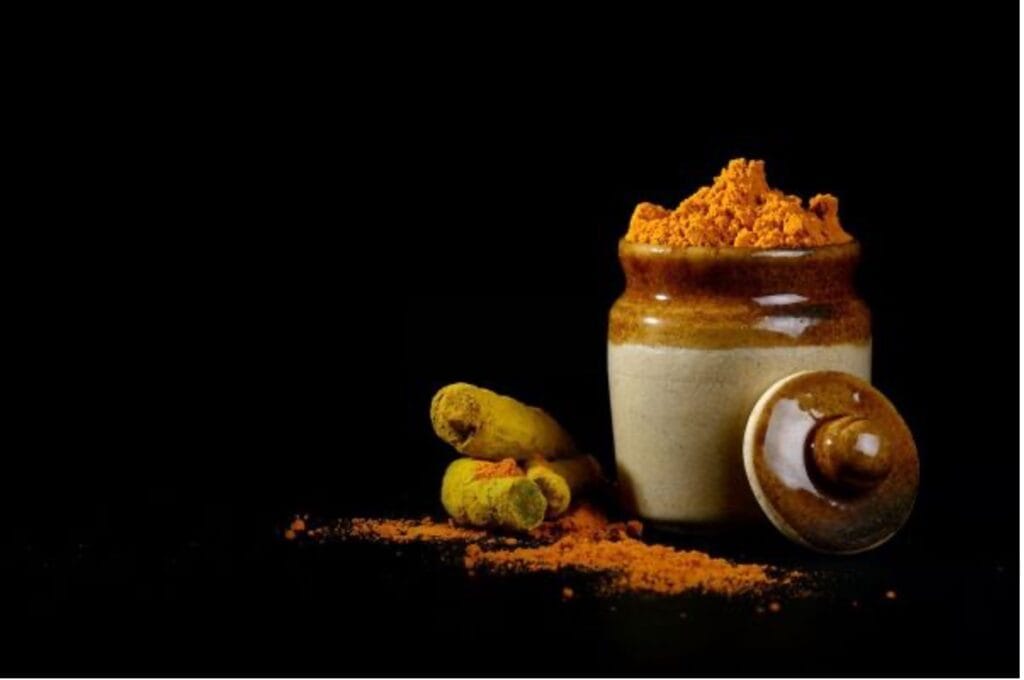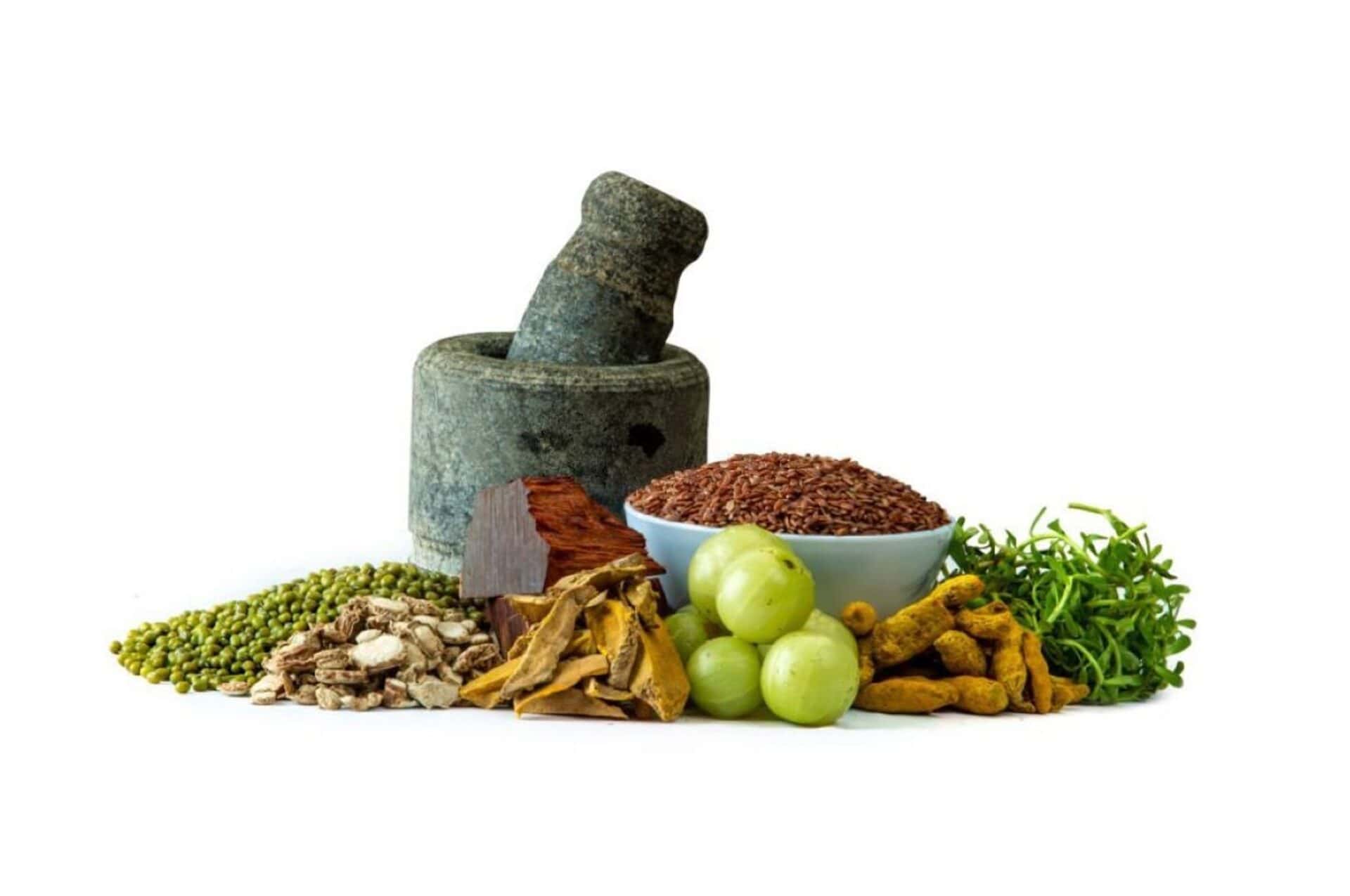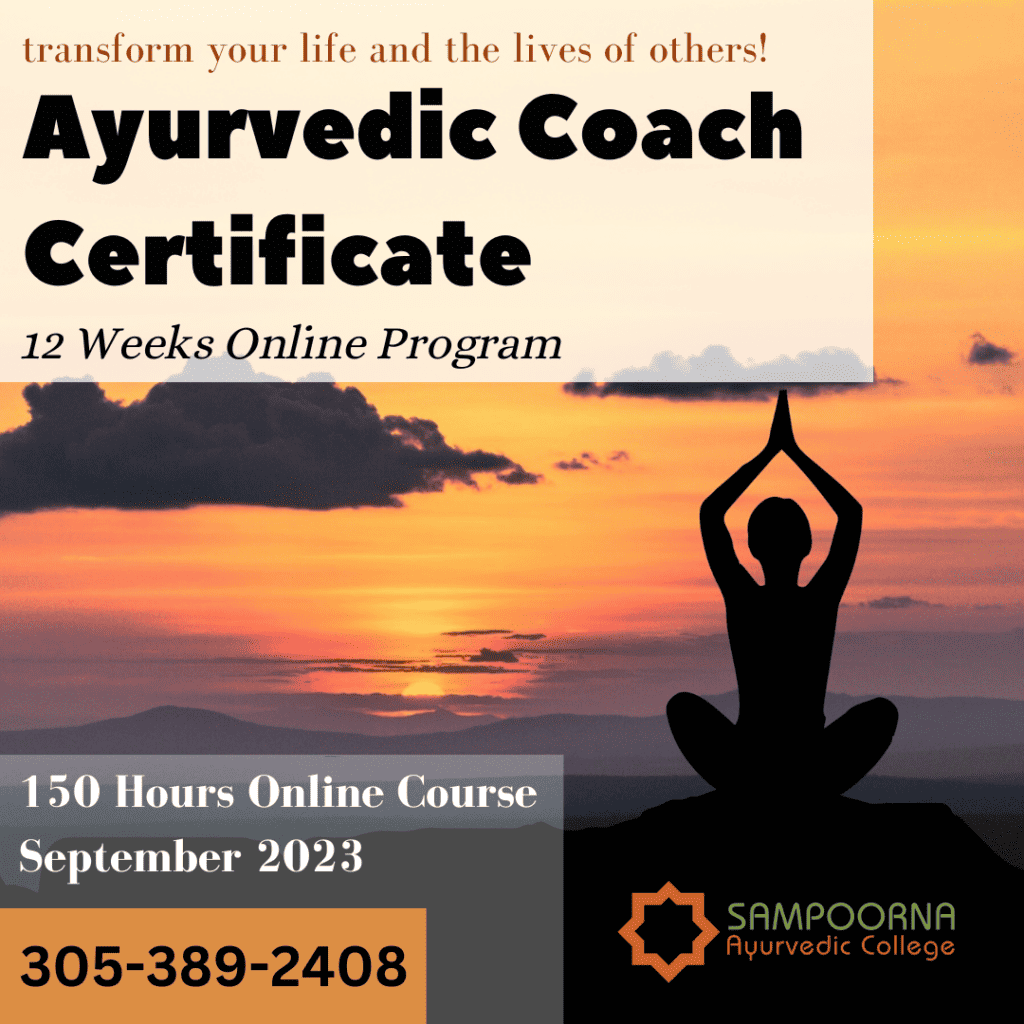Ayurveda, a time-honored medical system, traces its roots back to ancient India over 5,000 years ago. This holistic healing system has withstood the test of time, demonstrating its relevance and effectiveness in today’s fast-paced world.
Ayurvedic herbalism, a key component of Ayurveda, focuses on using nature’s pharmacy to balance the body, mind, and spirit. By acquainting ourselves with the principles of Ayurveda, we can harness the power of these potent herbs and enhance our overall well-being.
The Foundations of Ayurveda
At the heart of Ayurveda lies the concept of doshas, the three vital energies governing our physiological, mental, and emotional functions. Vata, Pitta, and Kapha represent the forces of air, fire, and earth, respectively.
Prakriti
Each individual possesses a unique combination of these doshas, known as their Prakriti or innate constitution, which determines their physiological traits, temperament, and predisposition to specific imbalances.
Vikruti
Vikruti, on the other hand, refers to the current state of inequality in the doshas. Understanding our Prakriti and Vikruti can tailor our lifestyle, diet, and herbal remedies to restore equilibrium.
Agni
Another cornerstone of Ayurveda is Agni which literally translates not exactly a fire but ‘that which consumes’, referred to as the digestive fire responsible for metabolizing food and assimilating nutrients. A balanced Agni is crucial for optimal health, as it helps maintain the harmony of doshas and ensures the proper elimination of toxins.
Ayurvedic Herbalism: A World of Healing Herbs
Ayurvedic herbalism revolves around using diverse herbs, each possessing unique properties to help balance the doshas and promote well-being. In Ayurveda, herbs are classified according to their taste, energy, and post-digestive effect, enabling practitioners to select and combine them to address specific imbalances carefully.
One of the distinguishing features of Ayurvedic herbalism is its emphasis on herb combinations, as opposed to the use of single herbs. This synergistic approach ensures that the herbs work harmoniously, enhancing their therapeutic effects and minimizing potential side effects.
Incorporating Ayurvedic herbs into our daily lives can help us maintain balance and well-being, as they nourish and strengthen our body, mind, and spirit.
Top 10 Ayurvedic Herbs Every Beginner Should Know
As you embark on your Ayurvedic herbalism journey, you must familiarize yourself with some of the most popular and versatile herbs. These ten Ayurvedic herbs are considered foundational for beginners due to their diverse therapeutic properties and ease of use.
By incorporating these herbs into your daily life, you can start experiencing the benefits of Ayurveda and its profound impact on your overall well-being.
Turmeric (Curcuma longa)
This vibrant yellow spice is renowned for its powerful anti-inflammatory and antioxidant properties. Turmeric supports healthy digestion, liver function, and joint health. You can easily add it to your meals or consume it as a tea or supplement.

Ashwagandha (Withania somnifera)
A prized adaptogen, Ashwagandha helps the body cope with stress and promotes mental clarity. It also supports immune function, balances hormones, and enhances vitality.
Brahmi (Bacopa monnieri)
Often used to improve memory and cognitive function, Brahmi also has a calming effect on the nervous system. It can help reduce anxiety, promote restful sleep, and support overall brain health.
Triphala
A combination of three fruits (Amalaki, Bibhitaki, and Haritaki), Triphala is a gentle yet effective digestive tonic that supports detoxification, regularity, and nutrient absorption.
Tulsi (Ocimum sanctum)
Also known as Holy Basil, Tulsi is an adaptogenic herb that helps the body adapt to stress, supports immune function, and promotes a healthy respiratory system. Tulsi can be consumed as ayurveda tea or added to your meals.
Neem (Azadirachta indica)
Neem’s potent antibacterial, antifungal, and anti-inflammatory properties make it a go-to remedy for skin issues, infections, and detoxification. Neem can be used internally and externally as a supplement or topical application.
Shatavari (Asparagus racemosus)
Shatavari is particularly beneficial for women’s health, as it supports hormonal balance, fertility, and overall reproductive health. This rejuvenating herb can also help soothe the digestive system and boost immunity.
Ginger (Zingiber officinale)
A popular kitchen spice, ginger is revered for its digestive, anti-inflammatory, and warming properties. Ginger can help relieve nausea, enhance digestion, and alleviate joint pain.
Amalaki (Emblica officinalis)
Also known as Indian Gooseberry, Amalaki is a powerful antioxidant and rejuvenating herb. It promotes immunity, supports digestion, and nourishes the skin, hair, and eyes.
Guggulu (Commiphora mukul)
Guggulu is known for its detoxifying and rejuvenating effects. It helps maintain healthy cholesterol levels, supports joint health, and aids in weight management.
Ayurvedic Herbalism for Mind and Body Wellness
For Mind
Ayurvedic herbs are vital in managing stress and supporting mental health. For instance, adaptogenic herbs like Ashwagandha and Brahmi help the body adapt to stress, enhance mental clarity, and promote emotional resilience.
These herbs work on a deep level, restoring balance in the nervous system and supporting overall mental well-being.
For Body
On the physical front, Ayurvedic herbs can address various issues, from digestive discomfort to joint pain.
For example, Triphala, a blend of three fruits, supports digestion, detoxification, and regularity, while Boswellia and Turmeric offer potent anti-inflammatory properties that help soothe joint pain and enhance mobility.
Furthermore, herbs like Amalaki and Tulsi can help bolster the immune system, promoting vitality and resistance to illness.
Ayurvedic Herbalism in Practice: Tips for Beginners
Embarking on the journey of Ayurvedic herbalism requires a keen understanding of the principles and practices involved. As a beginner, you must familiarize yourself with the most commonly used herbs and learn to incorporate them into your daily life.
- To start, sourcing high-quality herbs from reputable suppliers is crucial. Opt for organic, sustainably harvested, and ethically produced herbs to ensure their potency and safety.
- Remember that the effectiveness of Ayurvedic herbs depends on their freshness and quality, so make sure to store them in airtight containers away from direct sunlight and moisture.
- When incorporating Ayurvedic herbs into your daily routine, it’s advisable to begin with, small amounts and gradually increase the dosage as needed. For example, you can start by adding spices like turmeric and cumin to your meals, sipping tulsi tea, or using herbal oils for self-massage.
- As you become more comfortable with the herbs, you can explore more potent formulations, such as churnas (powders), decoctions, or herbal jams like Chyawanprash.
- Always consult an Ayurvedic practitioner before starting any new herbal regimen, especially if you are pregnant, nursing, or taking prescription medications. They can help you determine the most appropriate herbs for your unique constitution and current health needs.

Expanding Your Knowledge: The Benefits of Ayurvedic Courses
As you delve deeper into Ayurvedic herbalism, you may yearn for a more structured and comprehensive understanding of this ancient healing system.
Pursuing formal education in Ayurveda offers numerous benefits, from acquiring in-depth knowledge of herbs and their uses to learning the art of individualized Ayurvedic consultations.
At Sampoorna Ayurvedic College, various courses are available to suit different interest levels, from introductory workshops to comprehensive diploma programs.
By enrolling in an Ayurvedic course, you will have the opportunity to learn from experienced teachers, engage with like-minded peers, and gain practical skills that you can apply in your personal life or professional practice.
Moreover, many individuals who have completed Ayurvedic courses report significant improvements in their overall well-being and a newfound appreciation for the healing power of nature. As you deepen your understanding of Ayurvedic herbalism, it’ll better equip you to support your health and the well-being of your loved ones and community.
Conclusion
Ayurvedic herbalism is a treasure trove of ancient wisdom that offers powerful tools for promoting balance and well-being in our modern lives.
We can embark on a transformative journey toward holistic health by embracing Ayurveda’s principles and harnessing its herbs’ healing power.
As you continue to explore the world of Ayurveda, consider enrolling in a course to deepen your understanding and unlock the full potential of this ancient healing system.
Remember, the journey of a thousand miles begins with a single step, and the path to a healthier, more balanced life lies just a few herbs away.





